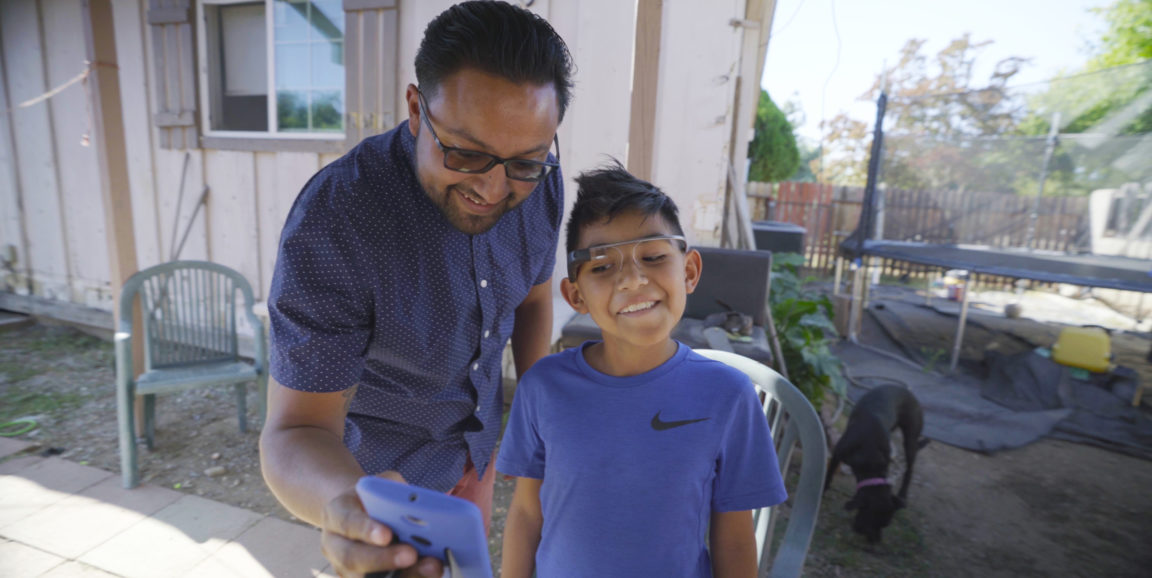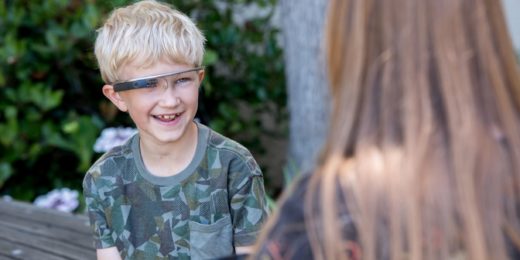As we've reported here before, researchers are exploring the use of Google Glass to help children with autism better understand facial expressions — and, hopefully, have better interactions with others. A new video, which accompanies a Stanford Medicine magazine article, offers a closer look at the form of behavioral therapy and introduces us to a young boy named Ethan.
And what does Ethan think about the technology? "If other people are feeling different things, I can tell which emotion they're feeling, which is kind of fantastic," he says.
Video and image by Mark Hanlon






